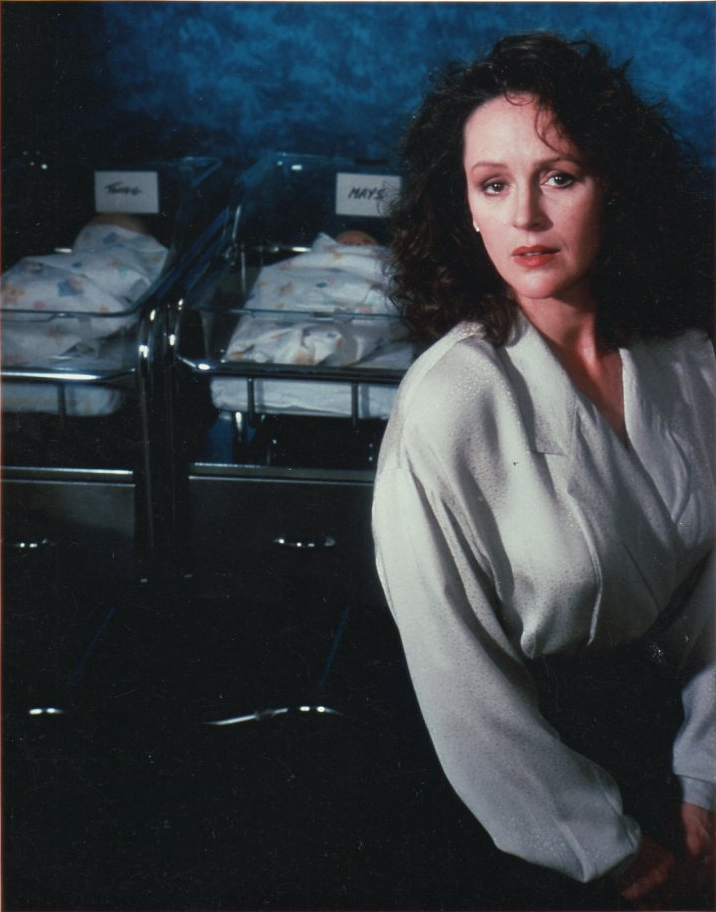

The subject became front page news when the revelation of the Tuskegee syphilis trials in 1972 caused the eruption of a geyser so huge that it blocked the sun over medical scientists and sent panic through the ranks of federal officials.

The third river, which culminates in the Common Rule, begins at a large hot spring where problems in the conduct of human subjects research were sighted in the mid-1960s by an anesthesiologist from Boston.
Judicial consent hot scene professional#
One branch carries waters imbued with human rights law straight into the lake of informed consent, while the other meanders more slowly, devolving into professional standards along the way as it picks up some overflow from the first river. The second river begins in the city of Nuremberg, where judges bored deep into an ancient aquifer in search of the dividing line between licit research with human beings and experiments that amount to crimes against humanity. Traveling on this river can be difficult because its strong and swift currents often cut across each other with a rush of white water, one moment carrying our boat toward the swamp of medical paternalism, and then grounding it on an unexpected outcropping of individual autonomy. The headwaters of the first and oldest river arise from deep in the juggle of medical care, where physicians and patients encounter each other in the mysterious light that filters through the ancient trees of fear, hope, and discovery, tinctured by the near-magical powers of the healing arts. I want to suggest that we think of informed consent for research as a great lake, fed by three historical rivers. §§ 46.116 and 46.117) 5 and to look instead at the doctrine’s deeper sources.
Judicial consent hot scene full#
But when - on the last full day of the Obama Administration - the revised Rule appeared in the Federal Register, 4 what I heard from colleagues around the country was a sigh of relief that many of the biggest changes that OHRP had floated in the ANPRM and the NPRM had not been incorporated into the final version.ĭespite all the attention that has understandably been aimed at the Common Rule of late, I plan to move away from the finer points of its sections that treat informed consent (particularly 42 C.F.R. Given the chorus of complaints about many aspects of the Common Rule that had become ever more audible as the years went by, one might have expected that a major redrafting of the Rule would have been welcomed. Ever since 2011, when the Office for Human Research Protections (OHRP) released an Advance Notice of Proposed Rulemaking (ANPRM) regarding the human subjects research regulations, commonly called the “Common Rule,” and then in 2015 issued a Notice of Proposed Rulemaking (NPRM)-both of which prompted a tidal wave of public comments, most of them very critical - people concerned with the governance of human subjects research have been anxiously waiting to see how the regulations, which have been around for over 35 years, might be changed.

3 Given that focus, events that took place 35, much less 70, years ago might well seem to be of little relevance compared with what was going on behind closed doors in Washington, D.C. A Hydrologist’s Guide to Informed Consent in Researchįor the past several years, most thinking - as well as a great deal of activity and anxiety -among academics and practitioners in our field about the ethics of research with human beings has been focused on the (frustratingly complex and opaque) process through which the federal regulations on research with human subjects were being revised.


 0 kommentar(er)
0 kommentar(er)
